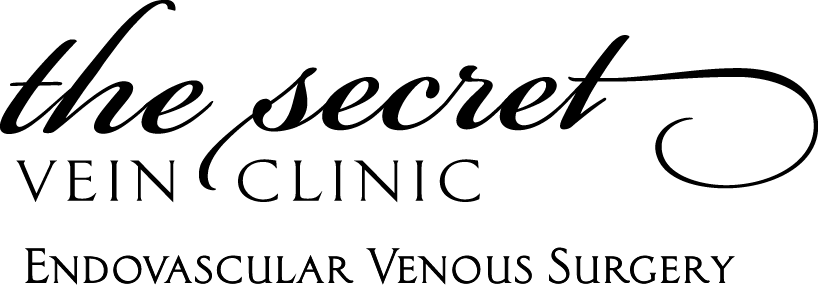You may already know if you have varicose veins because you’ll be able to see them protruding from your legs. Not only that, but the varicose veins may even cause you pain as well. But even if you think you know the diagnosis, it is better to visit a doctor and have them give you an official diagnosis. Then you can know for sure.
During the examination, the doctor will look for visible swelling of the veins in your legs. You will have to confirm whether the veins cause you any aching pain at all. If both symptoms exist, the doctor will proceed to conduct an ultrasound test on the veins. This will determine whether a blood clot exists in the vein valves.
Alternatively, the doctor may run a transducer device over the surface of your affected skin. The transducer is a small device that’ll transmit pictures of your veins to its digital screen. The doctor can examine the pictures to diagnose the condition of your veins.
Treatment
There are simple, noninvasive treatments available for standard varicose veins. You won’t need to stay at the hospital or get any type of scary invasive surgery. In fact, the treatments are all outpatient procedures.
Your health insurance may cover a varicose vein treatment if the condition is actually causing you severe pain and discomfort. But if you are getting it done for cosmetic reasons, then insurance won’t cover it.
Here are the 2 basic types of treatment:
1) Basic self-care practices, such as eating right and exercising. Don’t sit or stand for a long time either.
2) Compression stockings can be worn throughout the day in order to circulate the blood in your legs more. Medical supply stores typically sell compression stockings for this purpose.
Extreme Treatments
If your varicose veins are in a severe condition and these two treatments have not worked, then you will need a doctor to intervene. Severe varicose veins can be treated by the following procedures:
1) Sclerotherapy (Foam solution is injected into the veins to close them up)
2) Laser Treatment (Laser technology transmits light bursts onto your varicose veins in order to close them up)

